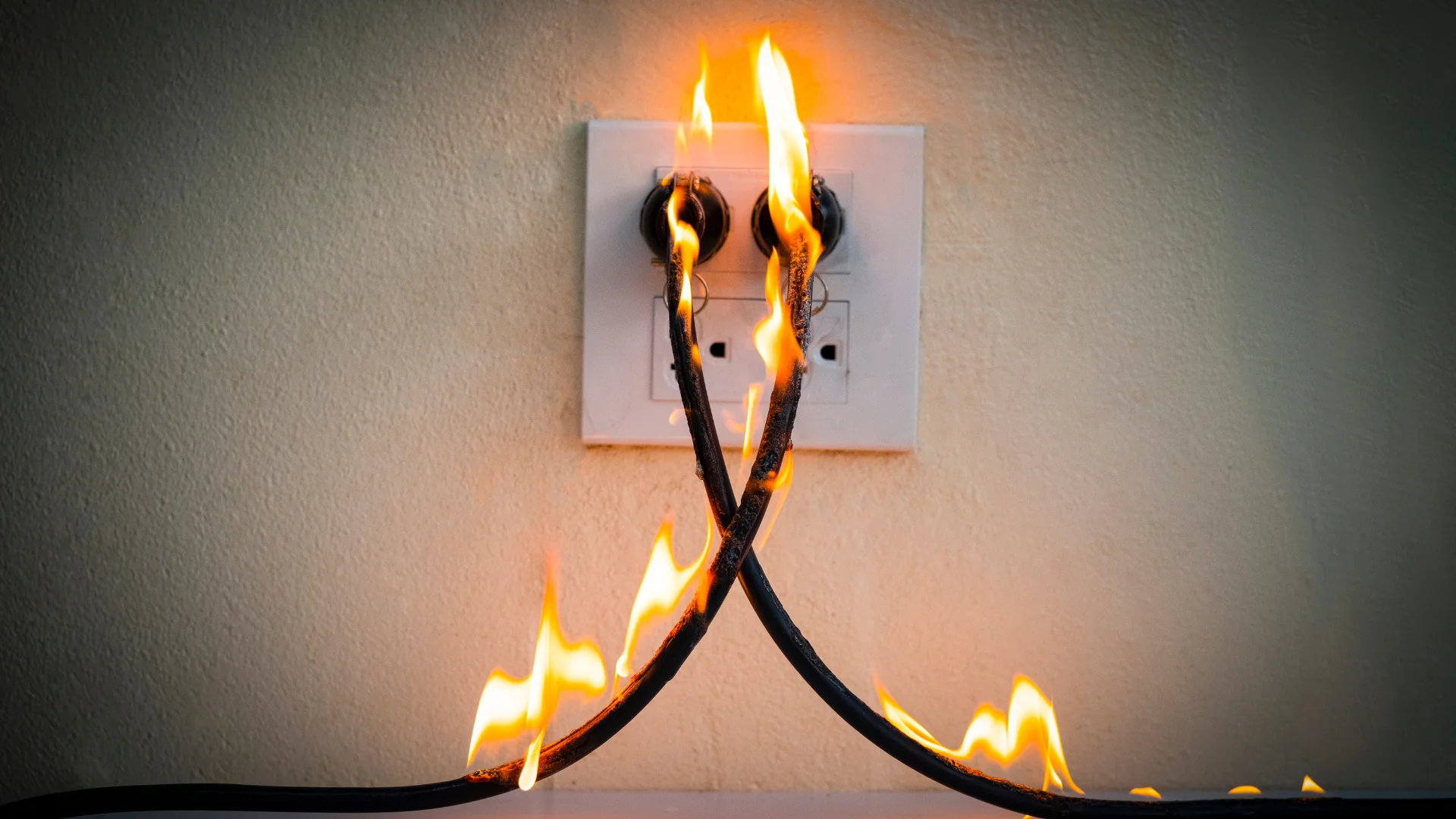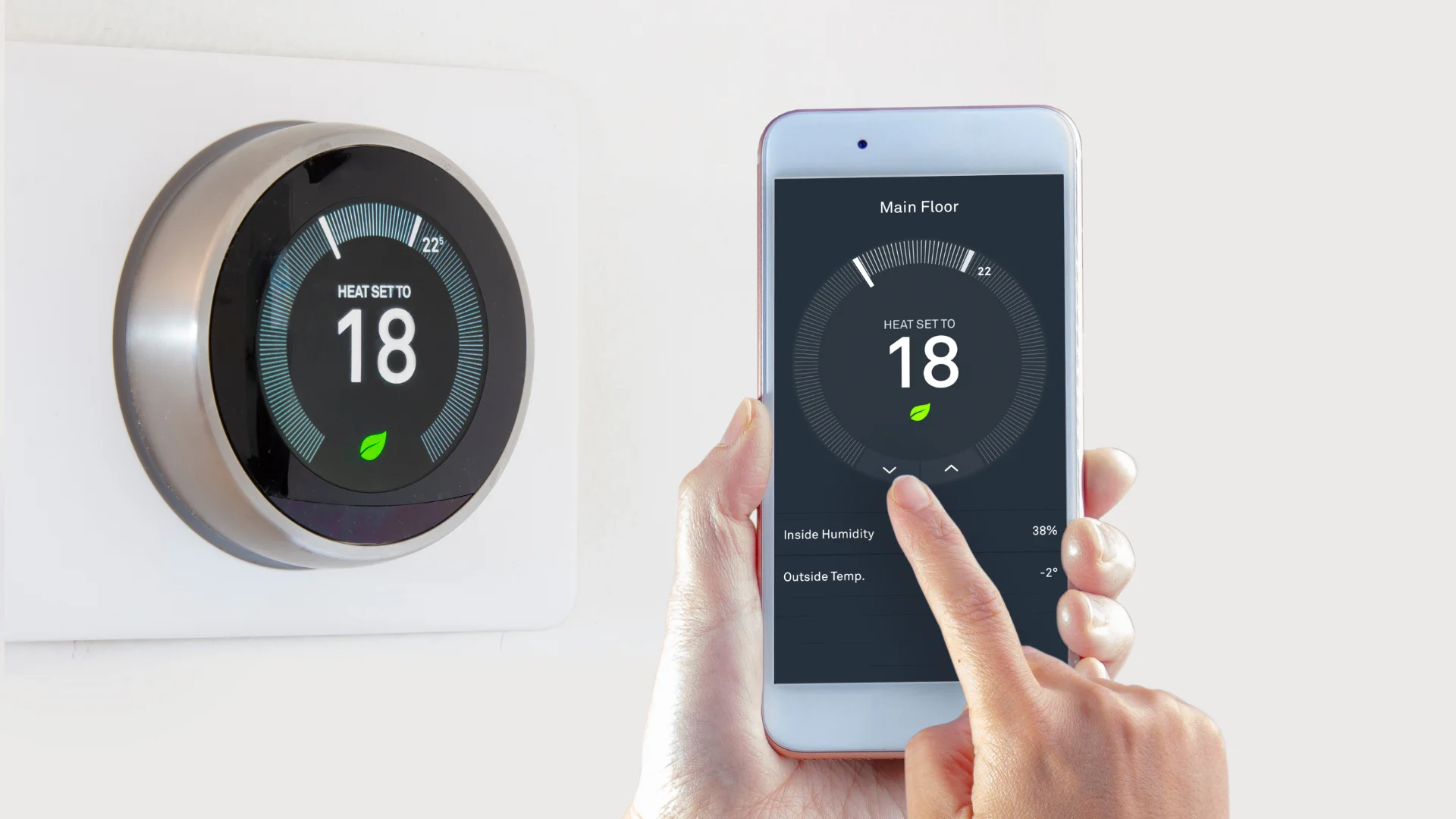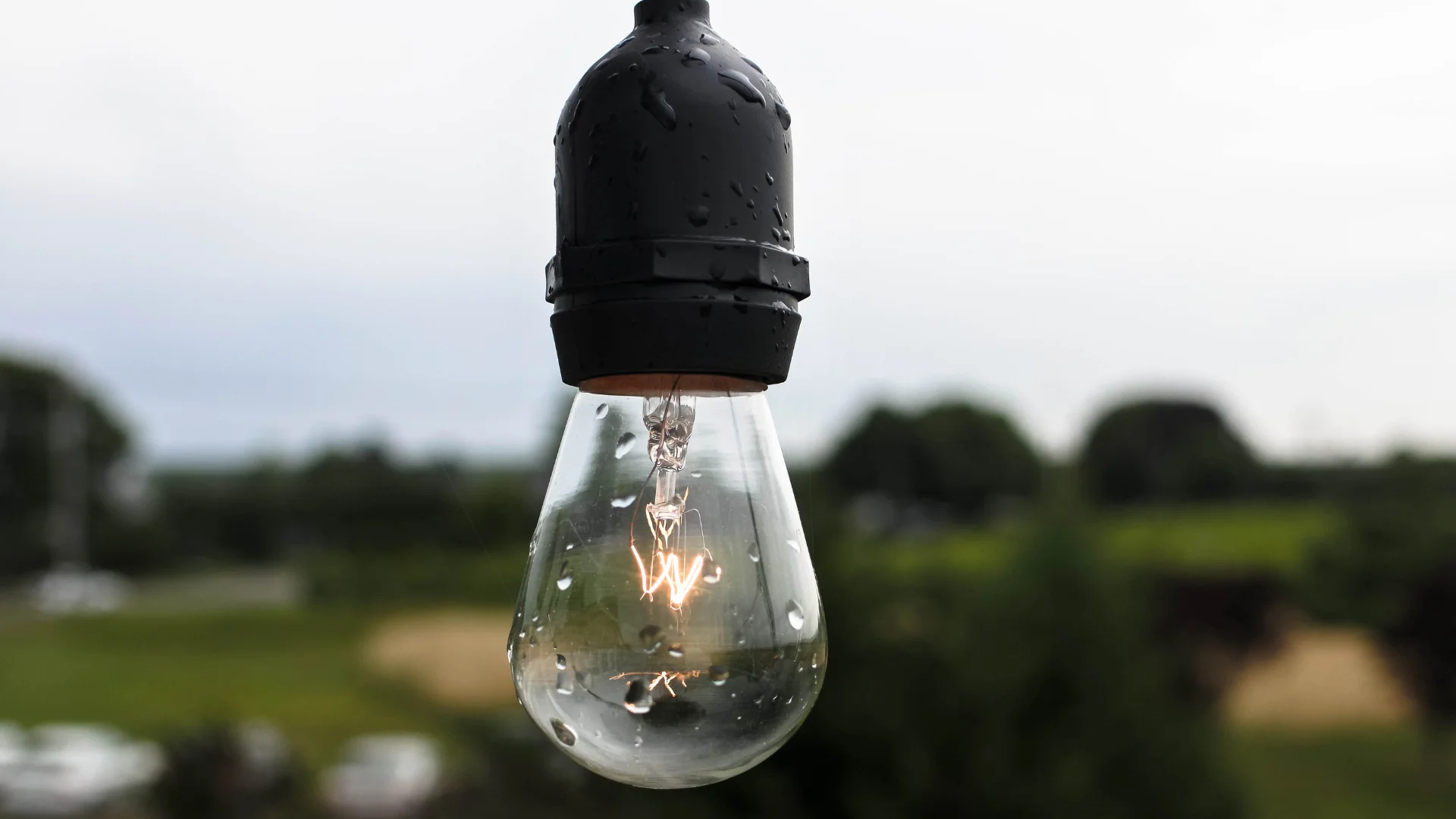Undertaking DIY electrical and home improvement projects can be a rewarding experience, offering both personal satisfaction and cost savings. However, working with electricity is inherently dangerous and requires strict adherence to safety protocols to prevent accidents and injuries. This guide provides comprehensive safety tips, common hazards to watch out for, and practical advice for conducting electrical DIY projects safely.
Understanding the Risks
Electrical projects can range from simple tasks like changing a light bulb to complex installations involving wiring and circuit breakers. Understanding the risks associated with these projects is the first step in ensuring safety. Common risks include:
- Electric Shock: Contact with live electrical components can cause severe injuries or fatalities.
- Electrical Fires: Faulty wiring or overloaded circuits can lead to fires.
- Short Circuits: Incorrectly connected wires can create short circuits, leading to equipment damage or fire.
- Burns: Electrical burns can occur when skin comes into contact with live wires or components.
- Explosions: Improper handling of electrical devices in hazardous environments can cause explosions.
Essential Safety Tips for DIY Electrical Projects
1. Turn Off the Power
Before starting any electrical project, turn off the power at the circuit breaker. Use a voltage tester to confirm that the power is off. Never assume that a circuit is dead without testing it.
2. Use Proper Tools and Equipment
Only use tools that are designed for electrical work. Insulated tools reduce the risk of electric shock. Common tools include:
- Voltage Tester: Ensures that the circuit is de-energized.
- Wire Strippers: Used to strip insulation from wires.
- Pliers: For twisting and cutting wires.
- Screwdrivers: For securing outlets and switches.
3. Wear Safety Gear
Always wear protective gear such as:
- Insulated Gloves: To protect against electric shock.
- Safety Goggles: To shield your eyes from sparks and debris.
- Rubber-Soled Shoes: To reduce the risk of shock from standing on conductive surfaces.
4. Follow Local Codes and Regulations
Adhere to local building codes and regulations. Obtain necessary permits for significant projects. This ensures that the work meets safety standards and is legally compliant.
5. Avoid Water
Never work on electrical projects in wet conditions. Water is a conductor of electricity and increases the risk of shock. Ensure your hands and the work area are dry.
6. Inspect Tools and Equipment
Regularly inspect tools and equipment for damage. Frayed wires, cracked insulation, or worn-out tools can pose significant hazards. Replace or repair damaged tools before use.
7. Understand Your Home’s Electrical System
Familiarize yourself with your home’s electrical system. Know the location of the circuit breaker box and how to shut off power. Identify which circuits control which parts of your home.
8. Use Proper Wire Gauge
Using the correct wire gauge for the electrical load is crucial. Undersized wires can overheat and cause fires. Refer to wiring charts to determine the appropriate wire size for your project.
Common Electrical Hazards and How to Avoid Them
1. Overloading Circuits
Overloading a circuit can cause overheating and potentially start a fire. To avoid overloading:
- Calculate the total load on a circuit before adding new devices.
- Use dedicated circuits for high-power appliances like air conditioners and ovens.
- Avoid using multiple high-wattage devices on the same circuit.
2. Incorrect Wire Connections
Loose or incorrect wire connections can cause power outages, flickering lights, or shocks. Ensure that all wire connections are tight and secure using wire nuts or connectors.
3. Neglecting Grounding
Proper grounding prevents electric shocks and protects appliances from power surges. Always connect the ground wire to a grounding screw or rod. Use grounded outlets and devices.
4. Inadequate Insulation
Proper insulation of wires prevents short circuits and electrical fires. Use electrical tape or heat shrink tubing to cover exposed wires. Inspect existing wiring for damaged insulation and replace it if necessary.
5. Using Incorrect Tools
Using tools not designed for electrical work increases the risk of accidents. Insulated tools should be used to prevent shock. Avoid using makeshift tools like knives or scissors for stripping wires.
6. Skipping Safety Checks
Always test your work before finalizing it. Use a voltage tester to check for live wires. Ensure that all connections are secure and that there are no loose wires.
Specific Safety Tips for Common Electrical Projects
1. Installing Light Fixtures
- Turn off the power and use a voltage tester to ensure the circuit is de-energized.
- Use a sturdy ladder to reach ceiling fixtures.
- Ensure that the fixture is properly supported and secured to avoid it falling.
2. Adding New Outlets
- Use a stud finder to locate wall studs and avoid drilling into them.
- Ensure that the outlet is properly grounded.
- Use a GFCI outlet in areas where moisture is present, such as kitchens and bathrooms.
3. Replacing Circuit Breakers
- Turn off the main power before replacing breakers.
- Use a breaker of the correct amperage rating.
- Securely fasten the breaker in place to prevent it from coming loose.
Case Studies: Common Mistakes and How to Avoid Them
1. Overloading Circuits
In a case where a homeowner added multiple high-wattage appliances to a single circuit, the circuit overheated and caused a fire. To avoid this, calculate the total load on a circuit and use dedicated circuits for high-power devices.
2. Incorrect Wiring
A DIYer incorrectly connected wires in a light switch, causing the switch to malfunction and create a short circuit. Ensuring proper wire connections and using wire nuts to secure connections can prevent such issues.
3. Skipping Grounding
A homeowner neglected to ground a new outlet, resulting in an electrical shock when using the outlet. Always connect the ground wire to a grounding screw or rod to ensure safety.
Resources for Safe DIY Electrical Work
- National Electrical Code (NEC): Provides guidelines and standards for electrical installations.
- Electrical Safety Foundation International (ESFI): Offers safety tips and resources for electrical projects.
- Local Building Codes: Ensure that your work complies with local regulations.
- Professional Electricians: Consult with licensed electricians for complex projects or when in doubt.
Conclusion
Safety is paramount when undertaking DIY electrical and home improvement projects. By understanding the risks, using the right tools, following safety protocols, and adhering to local codes, you can successfully and safely complete your projects. Always prioritize safety and never hesitate to consult a professional for complex tasks. Remember, the key to successful DIY electrical work is preparation, knowledge, and vigilance.
For more detailed information and guides, consider visiting:







